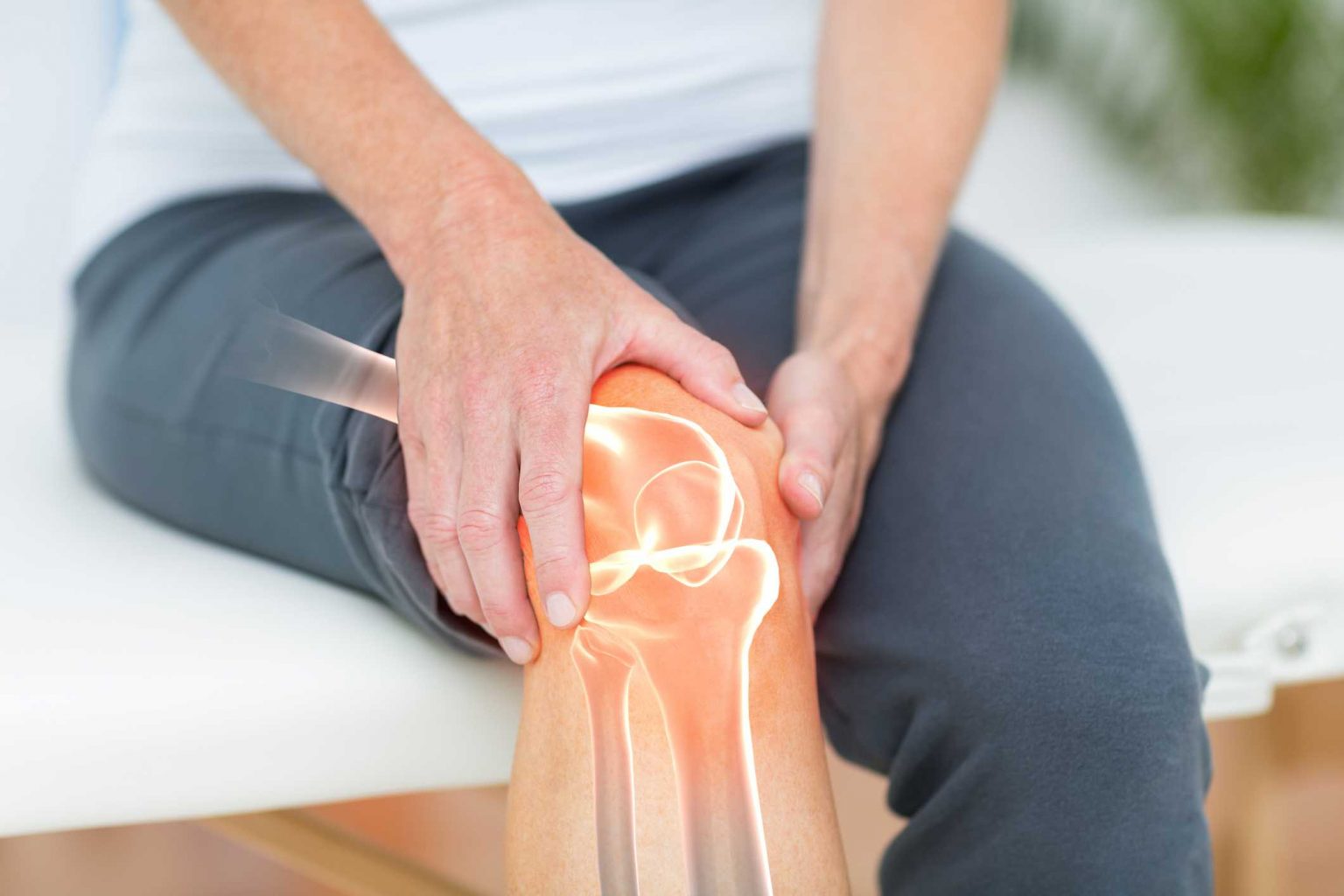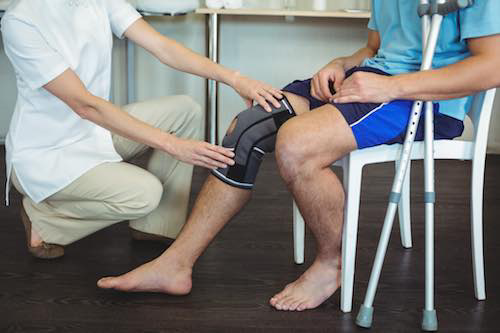Knee Ligament Physiotherapy Treatment
Knee ligament injuries are typically caused by some impact to the knee or the legs near the knees. For instance, you could trip and fall, landing on the knee cap. You might get hit on the side of the leg when crossing the street by a vehicle.
Physiotherapy First can help with your knee ligament injury with our physiotherapy treatments and services in Brampton. We use a unique approach to not only treat your injuries but the underlying symptoms and causes for an effective recovery treatment plan.




